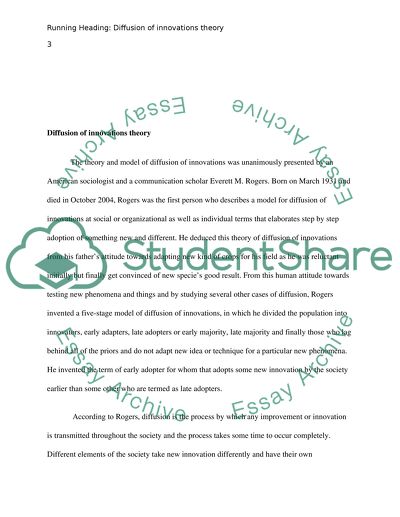Cite this document
(“Diffusion of Innovations Theory Research Paper Example | Topics and Well Written Essays - 1000 words”, n.d.)
Retrieved from https://studentshare.org/sociology/1452450-roger-s
Retrieved from https://studentshare.org/sociology/1452450-roger-s
(Diffusion of Innovations Theory Research Paper Example | Topics and Well Written Essays - 1000 Words)
https://studentshare.org/sociology/1452450-roger-s.
https://studentshare.org/sociology/1452450-roger-s.
“Diffusion of Innovations Theory Research Paper Example | Topics and Well Written Essays - 1000 Words”, n.d. https://studentshare.org/sociology/1452450-roger-s.


